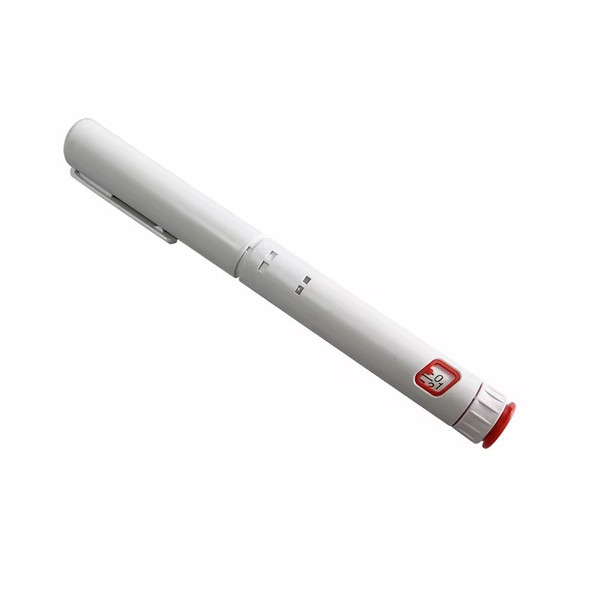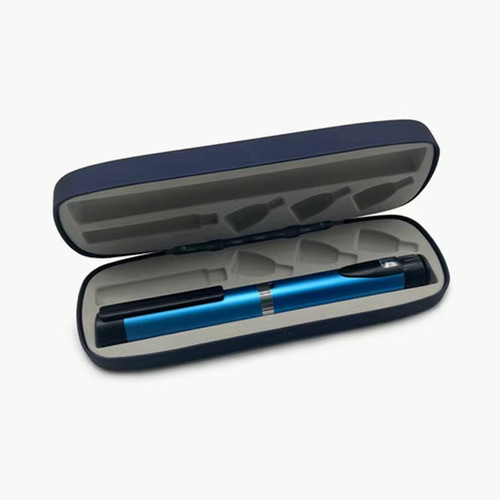Product Overview
? AOD-9604 – Research-Grade hGH Fragment for Lipolytic Pathway Investigation
Synonyms: hGH Frag 176–191, Tyr-hGH(176–191), Anti-Obesity Drug 9604
CAS Number: 221231-10-3
Sequence: Tyr-Leu-Arg-Ile-Val-Gln-Cys-Arg-Ser-Val-Glu-Gly-Ser-Cys-Gly-Phe
Molecular Weight: ~1,814 Da
Form: Lyophilized powder
Purity: ≥98% (HPLC)
Use: For laboratory research only. Not for human or veterinary use.
? Overview
AOD-9604 is a synthetic peptide fragment derived from the C-terminal region (176–191) of human growth hormone (hGH). It has been engineered to retain the lipolytic properties of hGH while excluding anabolic and diabetogenic effects.
The addition of a tyrosine residue at the N-terminus enhances metabolic stability and receptor selectivity. AOD-9604 is under investigation in controlled laboratory environments for its role in adipose tissue metabolism and energy regulation.
⚙️ Mechanistic Insights
Preclinical studies suggest AOD-9604 may influence several metabolic pathways:
• Lipolysis Activation – May promote breakdown of stored triglycerides in adipocyte models
• Lipogenesis Inhibition – Studied for its potential to reduce fatty acid synthesis
• Selective Adipose Interaction – Reported to have minimal impact on IGF-1 levels or muscle growth in non-human systems
Unlike full-length hGH, AOD-9604 does not appear to stimulate insulin resistance or linear growth in research models.
? Research Context
AOD-9604 is being evaluated in laboratory settings for its relevance to:
• Adipose tissue metabolism and lipid turnover
• Energy expenditure and redox balance
• Preclinical models of metabolic syndrome
• Combinatorial studies with GLP-1 analogs in non-human systems
All applications are strictly limited to research use and are not intended for therapeutic, diagnostic, or clinical purposes.
? Packaging & Storage
• Supplied as sterile-filtered lyophilized powder
• Store at –20°C in a desiccated, light-protected environment
• Reconstitute under sterile conditions using appropriate laboratory solvents
• Refrigerate reconstituted solution at 2–8°C to preserve bioactivity
Note: Solvent compatibility and formulation protocols are available upon request for qualified research institutions
⚠️ Compliance Notice
This product is intended strictly for laboratory research use. It is not approved for human or veterinary applications and must not be used in food, drugs, or cosmetics. All information is based on published scientific literature and is provided for educational and informational purposes only. Researchers are responsible for ensuring compliance with local laws and institutional guidelines.









